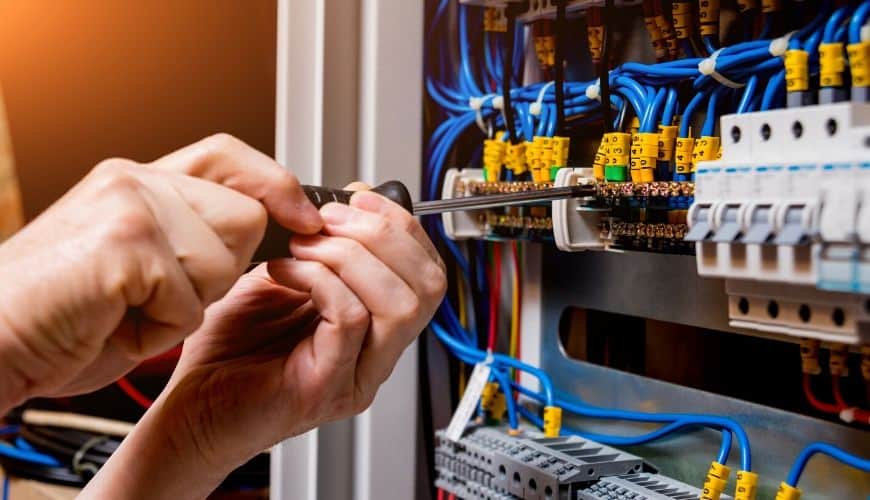Electrical circuits have a separate ground, or ‘earth’, circuit that provides an alternate low-impedance path for electricity to safely reach the ground, in case of accidental physical contact. Ground testing is used to measure the performance of this circuit and check if it meets requirements.
There are two types of grounding tests that must be performed on-site. The first is done during construction to ensure that the electrical system has been installed correctly. The second is done routinely to ensure that the grounding system is working properly. These tests must be carried out correctly, as errors can be dangerous and very expensive.
Understanding grounding
The ground path provides a low resistance path for electricity to flow. Electric power must travel from the source through a load, and then return to the first through a neutral connection. Grounding offers a second path for safety. This return path must provide at least one current resistance.
Equipotential bonding
This is a connection to all grounding conductors in an electrical system. Grounding systems primarily protect equipment, while a grounding protection circuit keeps people safe. In any case, even the best cannot offer protection if the components do not have an equipotential bonding. Similarly, the latter cannot protect without grounding.
Consequences of grounding failures
The absence of a solid grounding system can result in the loss of very expensive equipment, important information, and even human lives. Equipment without proper grounding can experience damaging spikes or surges. Loss of grounding can even cause data to be processed incorrectly.
The failures intermittent can also create problems from electrical shock to equipment failures difficult to locate. When this occurs, it is usually believed that the cause is in the same equipment, when in fact it has to do with the lack of a solid ground.
For example, random electrical discharges in a part of a building, can lead to determine that it has been acting as a capacitor. With the increase of static electricity, and without an equipotential grounding connection, electricity on site can have fatal consequences. This initial problem would be intermittent because it would take time to accumulate the energy required to generate a shock.
Reasons for failures in grounding and equipotential bonding
Over time, an equipotential bonding can loosen. The wrong materials used in the initial connection can also fail, even if they worked at first. Corrosion can also damage connectors and grounding rods.
Here are other reasons:
Water leaks in an electrical box.
Worn hot wires that are not seated at their terminals and that come into contact with the ground wires.
Tools without proper insulation that allow current to flow to ground.
How to carry out the grounding tests?
Use the correct instruments: devices specifically designed for grounding tests.
Understand the test: in addition to this, you must become familiar with the tools to be operated.
Understand the environment in which the test is performed: The entire area around the electrode must be measured, which is extremely important to performance.
Probe Placement – This should be properly positioned in relation to buried objects, moisture pockets, etc.
Get more ideas from Relay Testing Company in India


